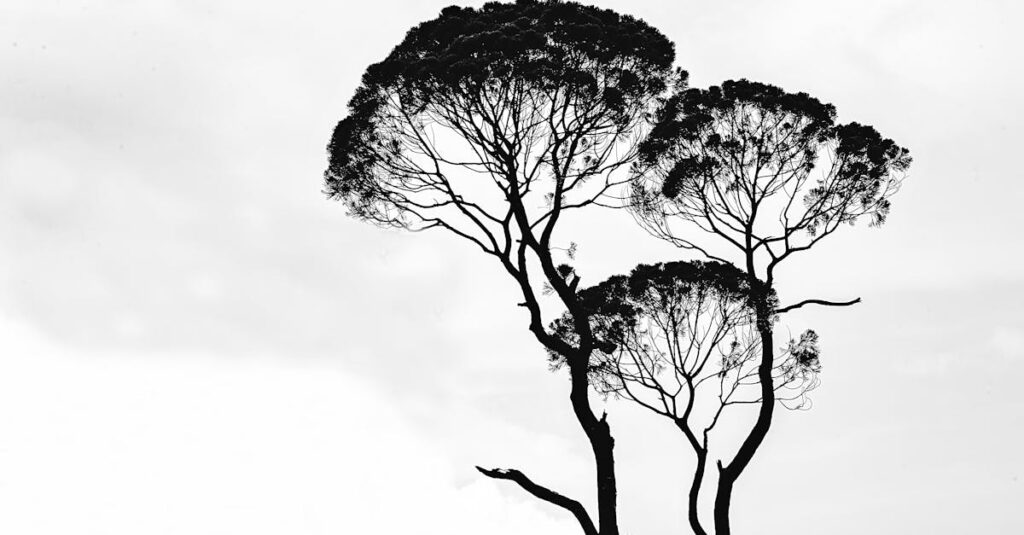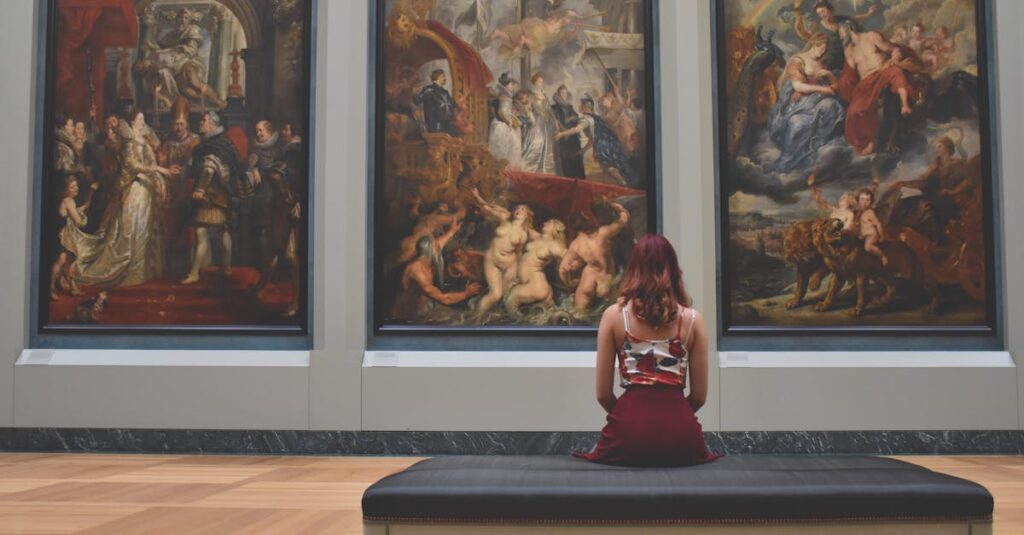What Is Art, Really? A Personal Meditation on Meaning, Beauty, and the Power of Interpretation
By Kimmy . S | Arts & Culture Writer

What is Art?
It’s a question I’ve heard echoed in galleries, over coffee, across university lecture halls, and murmured under one’s breath while standing in front of something bewildering—a canvas slashed in red, a pile of bricks, a lone chair under a spotlight.
I’ve asked myself that same question many times. Not academically, but personally. Quietly. Sometimes with awe, sometimes with frustration. And every time I try to answer it, I find my definition evolving—not because the art changed, but because I did.
Art as Emotion in Tangible Form
To me, art is the most elegant manifestation of human emotion. It’s where the invisible becomes visible: pain is turned into brushstrokes, love into melody, memory into movement, rebellion into installation.
It doesn’t have to be beautiful. It doesn’t have to be understood. It simply has to be felt. When I stood in front of Edvard Munch’s The Scream for the first time, I wasn’t concerned with technique. I was overwhelmed. It was as if anxiety had become a face, and despair had become color. Art, in that moment, was not something to be explained—it was something to survive.
The Individual Lens
Every person brings their own biography to the viewing of art. A painting that reminds me of loss might evoke serenity in someone else. A sculpture that baffles me might resonate with another like a memory they didn’t know they had.
This is where art becomes wildly subjective. It lives in the eye of the beholder, yes—but also in their history, their traumas, their hopes. A photograph of a rain-soaked street could be a mundane scene, or a heartbreak immortalized.
Art holds a mirror to the self, and sometimes, the self flinches. Other times, it smiles in recognition.
The Analytical Eye: Art as Language
And yet, art is not only subjective.
There is structure. There is theory. There are brush techniques, composition principles, color psychology, historical references, social commentary. To dismiss these is to ignore the craftsmanship and context that artists embed within their work.
When I first learned how to “read” a painting, everything changed. I saw how Caravaggio used light not just to illuminate, but to judge. How the placement of a figure, the direction of a gaze, the tension of space—all carried meaning.
Like poetry, art has a grammar. And once you learn it, you unlock hidden layers. But unlike language, art doesn’t punish misinterpretation. It thrives on it.
The Most Unique Piece I’ve Ever Seen
If I had to choose the most unique work of art I’ve ever encountered, it would be Marina Abramović’s The Artist Is Present. For those unfamiliar: Abramović sat silently in a museum for 736 hours while visitors took turns sitting across from her.
There were no paints, no sculptures, no installations. Just presence. And yet people wept. People fell in love. People saw something in her eyes that reflected something in themselves.
It taught me something profound: the most unique art isn’t always about what’s made. Sometimes it’s about what’s held—space, attention, vulnerability.
The Paradox: Subjective Yet Objective
Art is a paradox: it is deeply personal and yet widely shared; open to infinite interpretation and yet often born from a specific, lived experience.
The artist sets the stage. The viewer brings the light. Together, they co-create meaning.
Critics will try to define “great” art by technique, originality, influence, or legacy. But ask someone why they love a painting, and it won’t be because of brushwork—it’ll be because of how it made them feel. And that’s the trick: art is both the creation and the connection.
The Final Thought: We’re All Part of the Story
In the end, every work of art is a story told—and retold.
The artist begins it with intention. The viewer finishes it with interpretation. Somewhere between the brushstroke and the gaze lies the real magic.
Art endures because the human story never stops being told. Through canvas, song, sculpture, performance, we are documenting what it means to be alive, again and again, from every angle possible.
So, the next time you stand before a piece of art, pause.
Don’t ask, “What does this mean?”
Ask instead, “What does this mean to me?”
Because in that moment, you’re not just looking at art.
You’re completing it.


